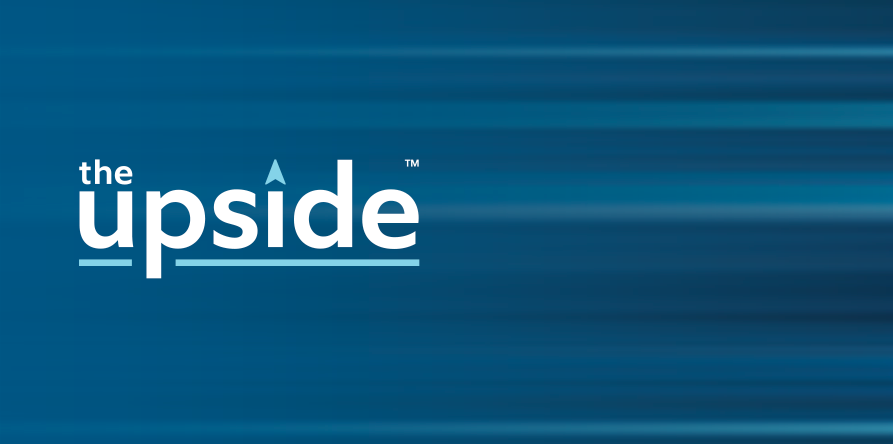How to automate your finances

Author: Lesley-Anne Scorgie, Contributing Columnist
Source: The Toronto Star
Technology can be a friend to your finances. If you want to breeze into 2021 with financial confidence knowing your money is nicely organized, set up these time- and money-saving banking automations before the end of the year.
Your bill payments
Besides following the simple principle of only spending what you have, the fastest way to get into the habit of balancing your budget for the month ahead is to automate as much of it as possible. The legwork upfront is a bit heavy, but once the system is set up it runs itself.
- Step one: Gather up a comprehensive list of all of your regular monthly bills - internet, cable, cellphone, utility bills, daycare, loan payments and more.
- Step two: Fill out your vendor's pre-authorized debit (PAD) form and attach a voided cheque (this can be downloaded from your online banking portal for free).
- Step three: Submit your PAD request to each vendor.
- Step four: File away the email confirmation that you're all set for each automated bill payment.
From there, everything should show up as an automatic debit in your bank account, which will save you time!
Make sure if you've moved providers or cancelled a service that you're no longer being debited from your account. And why not switch to digital statements at the same time and stop incurring those pesky $2 paper penalties every month.
Your emergency savings contributions
This is a simple automation that can be done within your online banking. All you need is your regular chequing account (the place your paycheques gets deposited) and a high-interest savings account (the place your emergency savings are going to be stored).
From there you create a new recurring automatic transfer from chequing to savings every pay day. The best practice is to set aside between three and five per cent of your take-home pay to this emergency cushion until it's grown to a value that is the equivalent of six times your total essential expenses each month; in other words, six months' worth of savings. This takes a few years to build, so be patient.
Your retirement savings
Most Canadians use the TFSA and RRSP as their primary tools for retirement savings, and the best practice is to allocate at least 10 per cent (if not 15 per cent) of your take-home income toward these tools. Set up automated contributions to these plans with the firm that manages your investments; your bank, broker, robo-adviser, etc.
Most investment houses will give you a digital authorization form to fill out, and you simply indicate the amount you'd like to contribute and the bank account you'd like the amount debited from - another PAD request form.
Lucky you, if you have work retirement savings plans that deduct regular contributions right from your paycheque. If this is you, check the contribution math to see if you're maximizing any matching component from your work. And if you're falling shy of the 10 to 15 per cent benchmark, top it up by adjusting the amount on your group retirement savings plan administrative documents.
Your donations
Giving is an integral part of the financial planning process and is cited as one of the top characteristics of financially secure people. It's also linked to wealth creation because giving has an indirect ROI - increased sales, promotions, brand recognition, networking opportunities - and it generates a powerful tax credit.
Christmas isn't the only time of year when charities need money. Pick a cause you're passionate about, figure out what you can afford to give regularly (you can time it with payday), and if they give you the option to direct the funds to something specific, like refurbished iPads for kids whose parents can't afford them, choose what will make the greatest impact for the community. Just make sure the charity is registered so that you can get a receipt to file with your taxes.
This automation is typically set up on the charity's website or by calling their resource development office (if they have one). And if money to donate isn't at your fingertips right now, check out safe, regular, volunteering opportunities instead.
Your benefits claims
Your receipts could be worth hundreds, if not thousands. So, if you haven't gotten yourself organized to make your claims for 2020, it's a good time to get them in. This can be done digitally right from the comfort of your sweat pants and fluffy slippers, and you can set up your most used vendors so they automatically populate your future online claims with each vendor's specific data. This will make keeping on top of your claims much easier in the new year.
Your kid's RESP
Similar to how you automated the contribution for your retirement savings, you can do the same for your child's RESP. To maximize the $500 annual Canada Education Savings Grant you'll need to put in $2,500 per year, or about $210 per month. If that feels steep for your budget, don't worry. Put in what you can and the government will match you 20 per cent (up to $500).
Automate these contributions on payday by going directly to the investment provider to set it up. The earlier you start to contribute, the better chance you give the money the chance to grow for your child's future education.
The great thing about automation is that you can completely outsmart yourself, and avoid accidentally forgetting to make payments, contributions, donations and more. So, while you're on your holiday break, take a morning to get organized and automate what you can. Then kick back to enjoy eggnog and that great feeling of accomplishment knowing you're set up for success in the new year.
Copyright 2020. Toronto Star Newspapers Limited. Reproduced with permission of the copyright owner. Further reproduction or distribution is prohibited without permission. All Rights Reserved.
This article was written by Lesley-Anne Scorgie Contributing Columnist from The Toronto Star and was legally licensed through the Industry Dive publisher network. Please direct all licensing questions to legal@industrydive.com.



